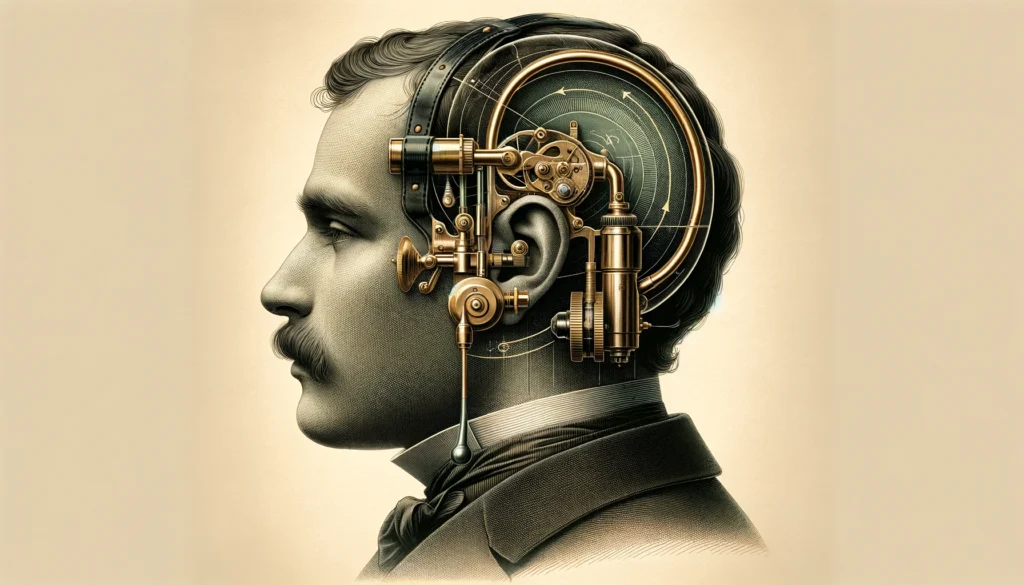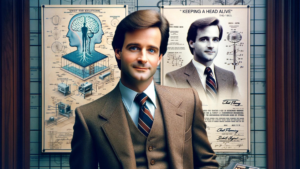April 27th marks a pivotal date in the history of medical technology. On this day in 1880, the first U.S. patent for an electric hearing aid was issued to Francis D. Clarke and M.G. Foster. Their invention laid the groundwork for what would become a life-changing technology for millions. This blog explores the remarkable journey of hearing aids, from their rudimentary beginnings to the sophisticated devices we see today. Join us as we delve into a story of innovation and enhancement that has spanned more than a century.
 The Early Invention: Clarke and Foster’s Patent
The Early Invention: Clarke and Foster’s Patent
The initial concept for an electric hearing aid, as patented by Clarke and Foster, was revolutionary. Titled “Device for Aiding the Deaf to Hear,” patent No. 226,902 described a system that utilized bone conduction—a method where sound is transmitted through the vibrations of the skull bone directly to the inner ear. This early device was bulky and far from user-friendly by today’s standards, but it opened up new possibilities for assisting those with hearing impairments. At the time, the idea that electricity could be harnessed to aid hearing was groundbreaking, highlighting a significant leap forward in audiological science.
Progress Towards Commercialization![]()
While Clarke and Foster’s invention was a significant start, it was Miller Reese Hutchinson who took the next critical step. Hutchinson developed the Acousticon, the first commercially available hearing aid, introduced in 1901. This device improved upon its predecessors by enhancing sound amplification and clarity, making it more practical for everyday use. The Acousticon used a simple carbon transmitter, which, while still primitive by modern standards, represented a major advancement in making hearing technology accessible to the public.
 Technological Evolution in the 20th Century
Technological Evolution in the 20th Century
The 20th century saw rapid advancements in hearing aid technology. The introduction of vacuum tube hearing aids in the 1920s offered better amplification, but these units were large and cumbersome. It wasn’t until the advent of transistor-based hearing aids in the 1950s that devices became significantly smaller and more practical. By the late 20th century, digital technology transformed hearing aids even further. These new devices could be programmed to meet individual hearing needs, providing clearer sound with less background noise, and paving the way for the sophisticated systems used today.
Modern Hearing Aids: Features and Benefits
Today’s hearing aids are marvels of technology. They are small, discreet, and packed with features that enhance audio clarity and user comfort. Modern hearing aids equipped with AI come with digital signal processing, allowing for precise tuning to the user’s specific hearing loss pattern. Features such as Bluetooth connectivity enable users to stream audio directly from devices like smartphones and TVs. Additionally, directional microphones and sophisticated noise reduction algorithms help users focus on speech and reduce background noise, greatly improving communication in various environments.
Conclusion
Reflecting on the journey from the first patent issued to Francis D. Clarke and M.G. Foster to today’s high-tech devices, it’s clear just how far hearing aid technology has come. The evolution from basic sound amplification to complex digital systems that seamlessly integrate into daily life is nothing short of remarkable. As we look to the future, the potential for further innovation is boundless, with ongoing advancements promising even greater improvements in hearing aid technology and accessibility. The journey of hearing aids is a testament to human ingenuity and a reminder of technology’s role in improving lives.
This exploration through the history and development of hearing aids not only informs but also highlights the significant impact that technological advancements can have on human health and well-being. Each step forward in the evolution of hearing aids has opened up new possibilities for those looking to overcome the challenges of hearing loss.
Author’s Note:
Thank you for taking the time to read through the fascinating history of hearing aid technology. I hope this blog has illuminated not only the significant advances in the field but also how these developments have improved the lives of millions around the world. As technology continues to progress, we can only anticipate even greater enhancements that will continue to make a profound impact on those experiencing hearing loss.
G.C., Ecosociosphere contributor.
References and Further Reading:
- Hearing Aids by Harvey Dillon – This book offers a comprehensive look at the technology behind hearing aids and their impact on society.
- The Hearing-Loss Guide: Useful Information and Advice for Patients and Families by John M. Burkey – A helpful resource for those affected by hearing loss, providing practical advice and support.
- Sound: A Memoir of Hearing Lost and Found by Bella Bathurst – A personal exploration of hearing loss and recovery, interwoven with insights into the auditory aspects of our world.




